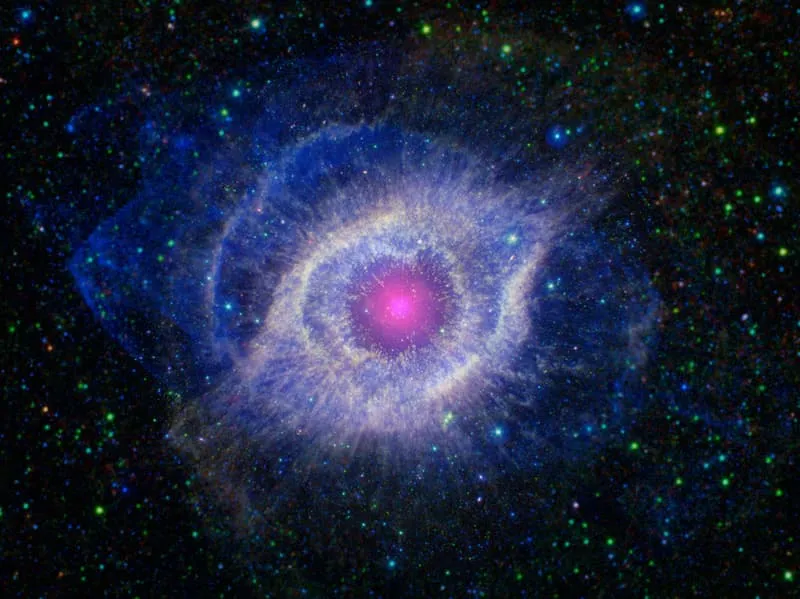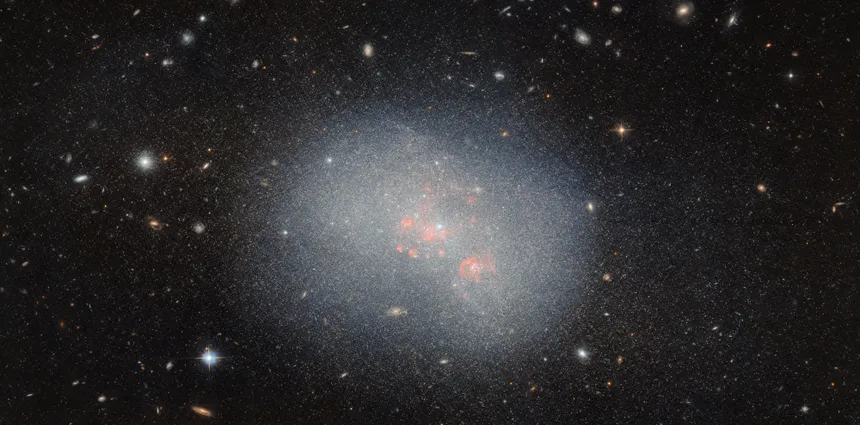Astronomers have long been fascinated by the WL20 region, a frequently observed and well-known stellar nursery. Recent observations from the James Webb Space Telescope, combined with data from the Atacama Large Millimeter/submillimeter Array (ALMA), have revealed a surprising twist in this ancient star system. Contrary to expectations, WL20S, one of the stars in the system, is not a single star at all, but rather a pair of identical twins, each surrounded by a disk and emitting jets of material parallel to each other.
The discovery was made possible by the collaboration between the James Webb Space Telescope’s Mid-Infrared Instrument (MIRI) and ALMA. MIRI observed the jets of material flying off from the stars, while ALMA observed the disks of material around them. The power of this joint effort is truly remarkable, as it allowed scientists to uncover details about the individual stars that would have been impossible to detect separately.
WL20S is a remarkable find because it offers a unique Look into the early stages of star formation. The disks of material around each star may be in the process of forming planets, while the jets of charged particles emanating from the poles of each star are a sign of the star’s energetic activity. As the stars are nearing the end of their formation, this discovery provides valuable insights into the life cycle of stars and the processes that shape their development.

Ancient Star System Hides Twinned Secrets of Stellar Nurture
The research team, led by astronomer Mary Barsony, is thrilled about this discovery, which has shed new light on the history of star formation in this region. Mike Ressler, a researcher at NASA’s Jet Propulsion Laboratory, notes that the ALMA results might have initially seemed like a single disk with a gap in the middle, but the combination of MIRI and ALMA observations revealed the true nature of WL20S.
This finding is not only an exciting discovery in itself but also highlights the remarkable capabilities of the James Webb Space Telescope and ALMA. By working together, these instruments have uncovered secrets that were previously hidden and have expanded our understanding of the universe. As Ressler says, “It’s amazing that this region still has so much to teach us about the life cycle of stars. I’m thrilled to see what else Webb will reveal.”









































